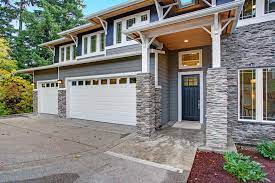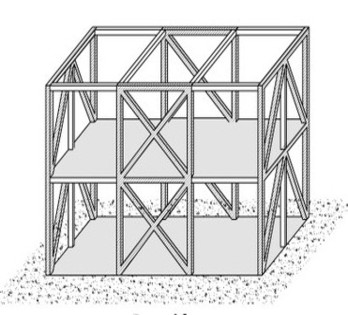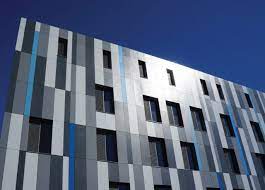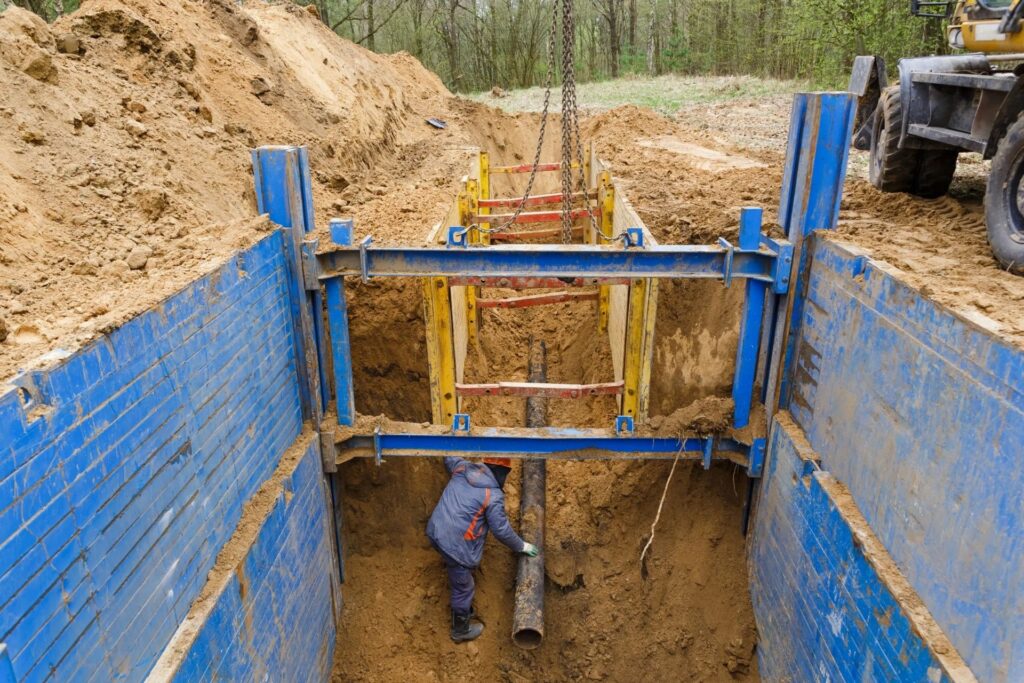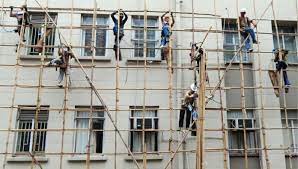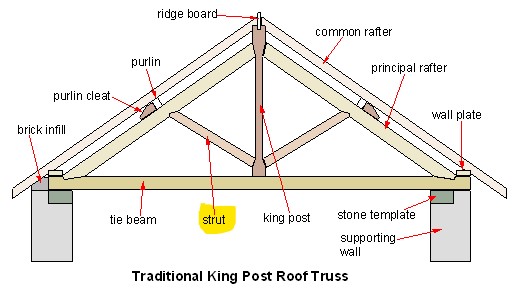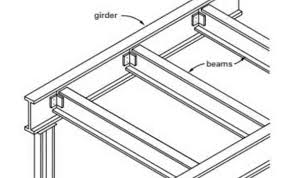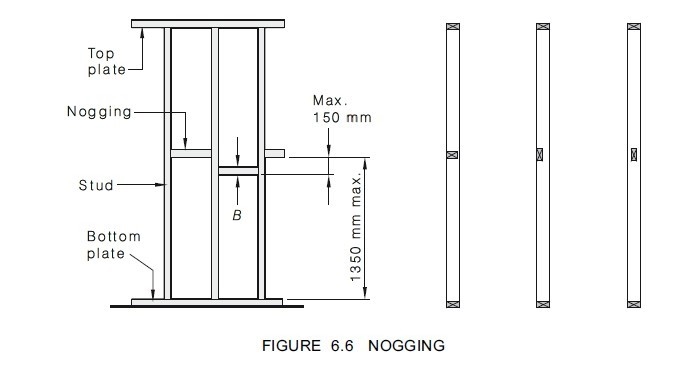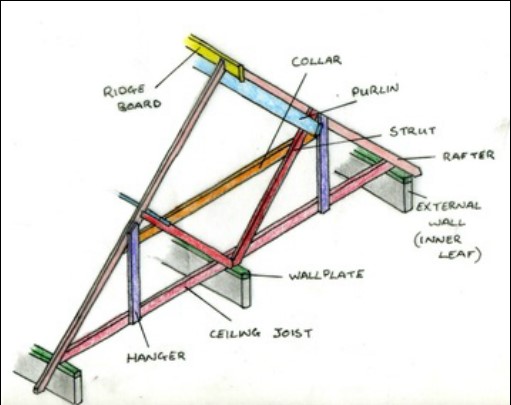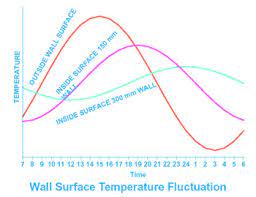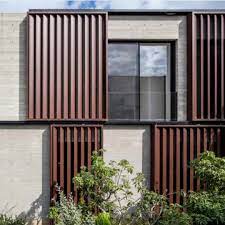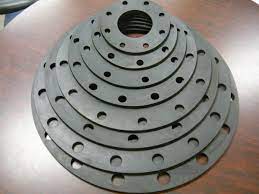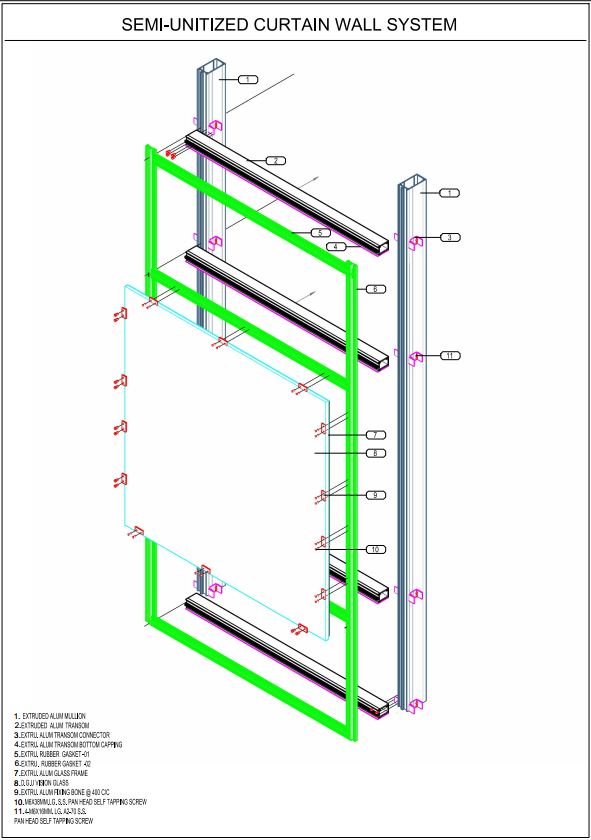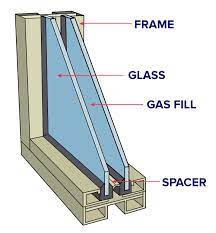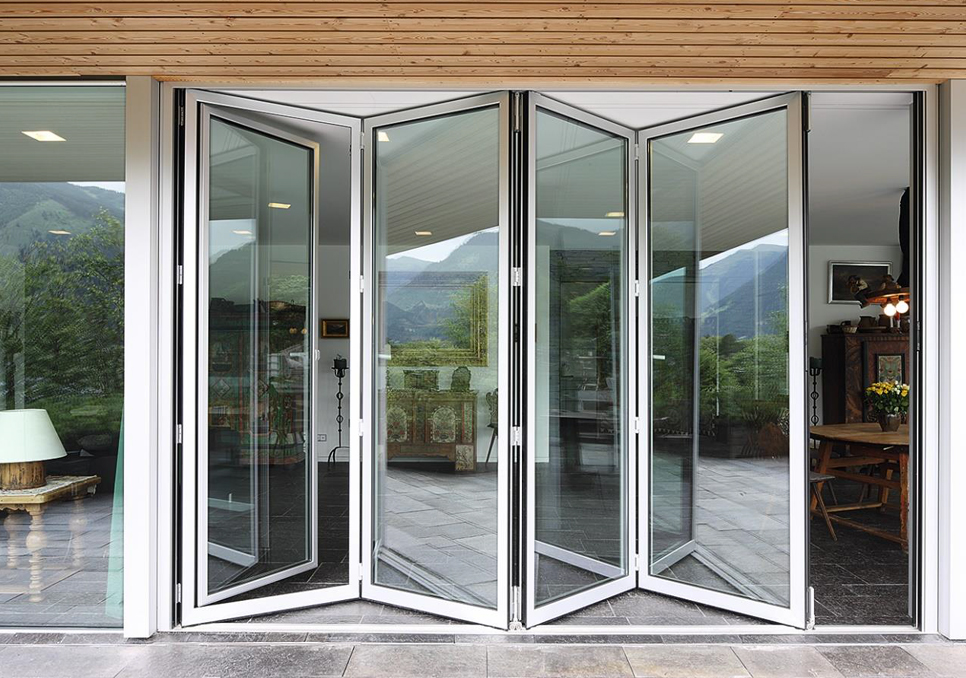Veneer
Veneer
Veneer is a construction material used on the exterior walls of homes and commercial buildings. Veneer is thin layer of wood, plastic or any other material stuck on the surface of the core panels to give it better appearance. It has zero contribution to the structural integrity of the building, is self-supporting, and places no additional loads on the building's structural components. Walls built using veneer can be built more quickly and affordably than traditional masonry walls
The types of veneer explained further here are –
- Brick veneer
- Wood veneer
- Architectural Stone veneer
Brick veneer also known as brick slip is a thin layer of brick used as a form of surface finish to provide better aesthetical appearance. they are primarily used as a decorative medium. One of the applications of brick veneer is around fireplace where it can be laid in a similar way as tiles. They are set using adhesive such as mortar and dried by plastic spacers.
It is preferred as a veneer medium due to its quick and easy installation process. Apart from this it also reduces the structural load on the wall due to being light weight as compared to other masonry and requires very little maintenance.
Wood veneer is a thinly-sliced wood that is utilized to create a finished-wood look on interior trim work. These veneers are typically pressed onto or laminated to thicker core materials such as plywood, particle board and MDF to create structural panels to be used in place of thicker hardwood lumber. This is still real wood but machinery and technology allow the material to be sliced thin without waste instead of sawing it into thick boards. Wood veneers can be used on floors, walls, ceilings, furniture, casework, and more to project a sense of opulence.
Architectural stone veneers offer an elegant and cost efficient solution than natural stones by incorporating natural colours and textures sans the excess weight.
It embodies actual and aesthetic character of stone and weighs significantly lower than natural stones thus saving on cost, effort and time. One of the prime benefits of using stone veneers is the limitless possibilities of design with more depth, colour and texture that does not rust or burn.
